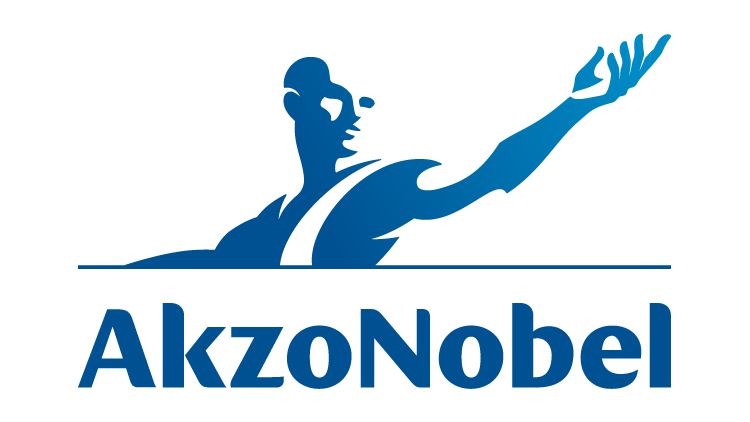AkzoNobel Launches Latest Version of Intertrac Vision

AkzoNobel’s marine coatings business has today announced the addition of cruise vessels to Intertrac Vision, its ‘big data’ tool that provides accurate and transparent predictions on the fuel and CO2 savings potential of fouling control coatings, prior to application. The new version of Intertrac Vision brings an increased level of transparency and choice to the cruise sector, enabling AkzoNobel to work consultatively with customers to ensure the most effective and appropriate coatings solution is selected for each vessel within a fleet.
Intertrac Vision is a pioneering free digital consultancy service for ship owners developed by AkzoNobel over a four-year period. The technology was created by AkzoNobel’s own scientists in partnership with leading academic and commercial research institutes, including the University College London Energy Institute, MARIN, Newcastle University and in consultation with more than 30 ship owners and operators worldwide.
The first version of Intertrac Vision was launched in October 2015 and incorporated ship powering requirements of more than 85% of the world’s deep-sea fleet market, including bulkers, tankers, (including product tankers and chemical tankers) and container ships. The inclusion of cruise vessels to Intertrac Vision marks the continual development of the technology, in line with AkzoNobel’s aim to ensure Intertrac Vision remains current and relevant to the latest shipping industry dynamics.
Michael Hindmarsh, Project Lead for Intertrac Vision, said: “As a leading pioneer in the hull coatings market with our International® brand, we want to continually develop the functionality of Intertrac Vision to meet the needs of our customers and the changing dynamics of the market. The technology’s scalable design and adaptability facilitates this.
“The incorporation of cruise vessels into Intertrac Vision is the first significant step towards this aim. Hull coatings play a key role in the profitability and sustainability of these vessels due to the fuel and CO2 savings that can be delivered. Through Intertrac Vision, we can provide cruise vessel owners with tangible proof of the ROI from the comparison of fouling control coatings prior to application. In doing so, we can support the long term profitability and sustainability of the cruise industry. Furthermore, as part of the continued evolution of Intertrac Vision, we expect to add LNG vessels to the technology shortly.”
Intertrac Vision combines an understanding of total hull roughness (micro and macro) and ‘roughness’ associated with biofouling and uses studies carried out by computational fluid dynamics (CFD) on different hull forms in order to make accurate predictions on the impact of fouling control coatings on the comparative powering requirements of a vessel. Collectively, Intertrac Vision comprises hundreds of thousands of datasets, making it the shipping industry’s first Big Data solution to accurately predict the performance of a coating technology prior to application.
Intertrac Vision processes individual vessel parameters, inputted during consultation and then uses multiple proprietary algorithms and models to provide an accurate and detailed assessment of the impact of each potential fouling control coating choice over the ships specified in-service period. Key outputs from Intertrac Vision include: ships powering requirement, fuel oil consumption, fuel oil cost, CO2 emission predictions and a full cost benefit analysis when comparing different coatings and surface preparation options.
The products and services herein described in this press release are not endorsed by The Maritime Executive.
